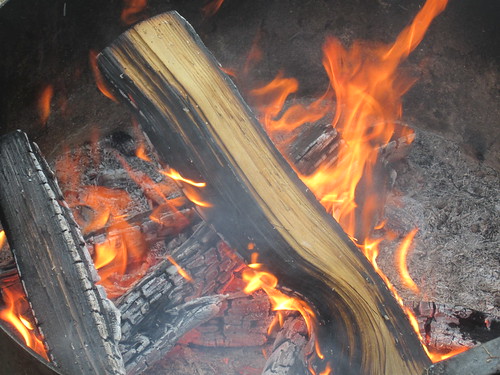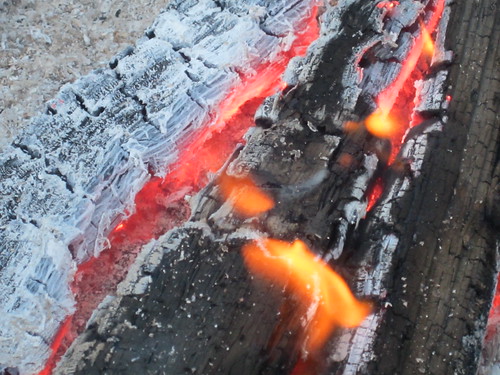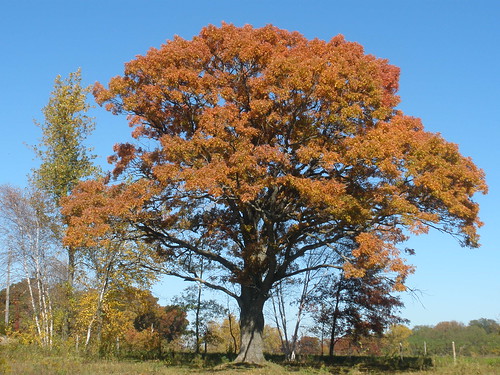Activities
Olivia spent the afternoon at school for reading, math, and speech. She made a couple of ornaments and received some Christmas treats from her speech therapist, Laurie.
Meanwhile, I took Sophia to her 45-minute harp practice. She is preparing for performances on the 22nd and 23rd at church and the nursing home respectively.
*~*~*~*~*~*~*
Advent Reading
Luke 2:8-12 - There were some shepherds in that part of the country who were spending the night in the fields, taking care of their flocks. An angel of the Lord appeared to them, and the glory of the Lord shone over them.
They were terribly afraid, but the angel said to them, “Don't be afraid! I am here with good news for you, which will bring great joy to all the people. This very day in David's town your Savior was born—Christ the Lord! And this is what will prove it to you: you will find a baby wrapped in cloths and lying in a manger.”
*~*~*~*~*~*~*
Christmas Joke
Why did the gingerbread man go to the doctor? (Because he was feeling crummy.)
*~*~*~*~*~*~*
Christmas Fact
Because we will be having a Yule Log dessert on Christmas Day (the first ever!), we wanted to learn about the history of the Yule Log:
The custom of burning the Yule Log is a Nordic tradition that goes back to medieval times. Yule is the name of the old Winter Solstice festivals in Scandinavia and other parts of northern Europe (e.g., Germany)
The Yule Log was originally an entire tree, that was carefully chosen and brought into the house with great ceremony. The largest end of the log would be placed into the fire hearth while the rest of the tree stuck out into the room.
The log would be lit from the remains of the previous year's log which had been carefully stored away and slowly fed into the fire through the Twelve Days of Christmas. It was considered important that the re-lighting process was carried out by someone with clean hands. Nowadays, of course, most people have central heating so it is very difficult to burn a tree!
Logs on the fire.
In Provence (in France), it is traditional that the whole family helps to cut the log down and that a little bit is burnt each night. If any of the log is left after Twelfth Night, it is kept safe in the house until the next Christmas to protect against lightning.
In some parts of Holland, this was also done, but the log had to be stored under a bed.
In some eastern European countries, the log was cut down on Christmas Eve morning and lit that evening.
Logs on the fire.
In Cornwall (in the United Kingdom), the log is called 'The Mock.' The log is dried out and then the bark is taken off it before it comes into the house to be burnt. Also in the United Kingdom, barrel makers (or Coopers as barrel makers were traditionally called) gave their customers old logs that they could not use for making barrels for Yule logs.
The custom of the Yule Log spread all over Europe and different kids of wood are used in different countries. In England, Oak is traditional; in Scotland, it is Birch; while in France, it's Cherry. Also, in France, the log is sprinkled with wine, before it is burnt, so that it smells nice when it is lit.
Oak tree in the west pasture.
In Devon and Somerset in the UK, some people use a very large bunch of Ash twigs instead of the log. This comes from a local legend that Joseph, Mary, and Jesus were very cold when the shepherds found them on Christmas Night. So the shepherds got bunches of twigs to burn to keep them warm.
In some parts of Ireland, people have a large candle instead of a log and this is only lit on New Year's Eve and Twelfth Night.
Different chemicals can be sprinkled on the log like wine to make the log burn with different colored flames:
• Barium Nitrate = Apple Green
• Borax = Vivid Green
• Copper Sulphate = Blue
• Potassium Nitrate = Violet
• Table Salt = Bright Yellow
The ashes of Yule logs are very good for plants because the ash from burnt wood contains a lot of potash, which helps plants flower. Supposedly, if you throw the ashes out on Christmas day it was very unlucky.
A Chocolate Yule Log or 'bûche de Noël' is now a popular Christmas desert or pudding. They are made of a chocolate sponge roll layered with cream. The outside is covered with chocolate or chocolate icing and decorated to look like a bark-covered log. Some people like to add extra decorations such as marzipan mushrooms.




No comments:
Post a Comment